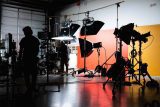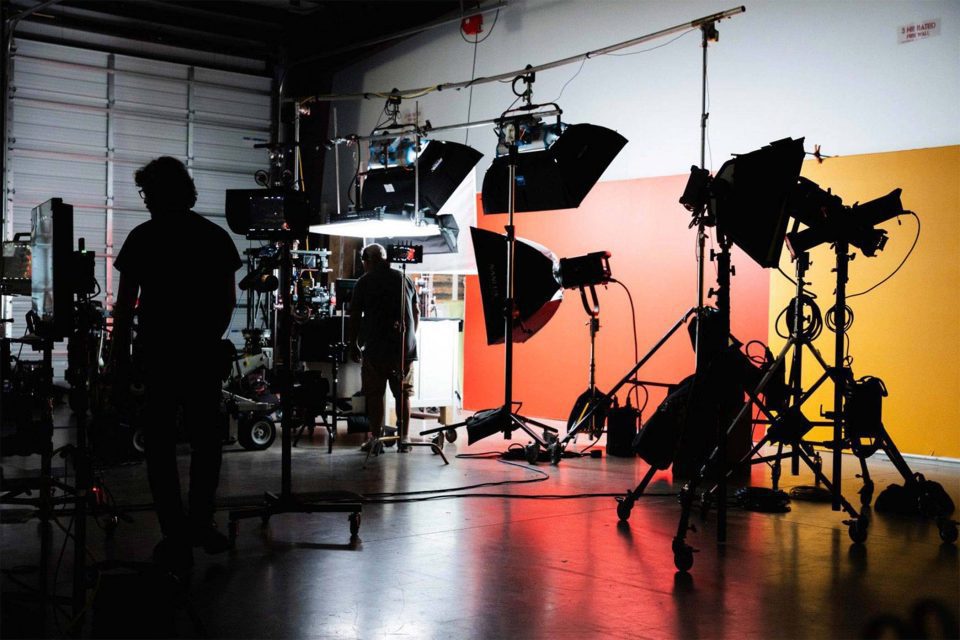Food Photography 101: How We Make Your Restaurant Menu Shine
Food Photography Insights
9 months ago
A well-photographed menu can convey the ambiance and theme of a restaurant, making it an integral part of the customer’s decision-making process – but capturing appetizing food photography for restaurants or dining establishments is a lot harder than it looks! And settling for less-than-stunning images can yield the opposite of the intended effect. In this article, we will:
- Explore how imagery impacts customer engagement and brand perception
- Briefly describe the three types of food photography
- Discuss the challenges of restaurant food photos
- Share insights into a successful restaurant photoshoot
- Showcase some innovative approaches to restaurant food photography
Restaurant Food Photography for Marketing
Let’s begin by exploring why true-to-life imagery is a vital marketing tool for restaurants.
High-quality images of ingredients and dishes can elevate a customer’s perception of a restaurant, associating it with professionalism and attention to detail. By investing in professional food photography, restaurants can significantly enhance their appeal, increase customer satisfaction, and potentially boost sales.
On social media platforms, captivating images drive likes, shares, and comments, enhancing the restaurant’s visibility and reach. Such visual appeal can quickly transform casual browsers into intrigued followers and potential visitors.
On a restaurant’s website, professional food photos make a strong first impression. They set the tone and expectations for the dining experience – crucial for converting website visitors into actual diners. By showcasing dishes in the best light, these images communicate the quality and atmosphere of the restaurant.
In promotional materials like menus and advertisements, compelling photographs are key to conveying the authenticity and quality of the food. They entice people to visit by visually promising an enjoyable experience.
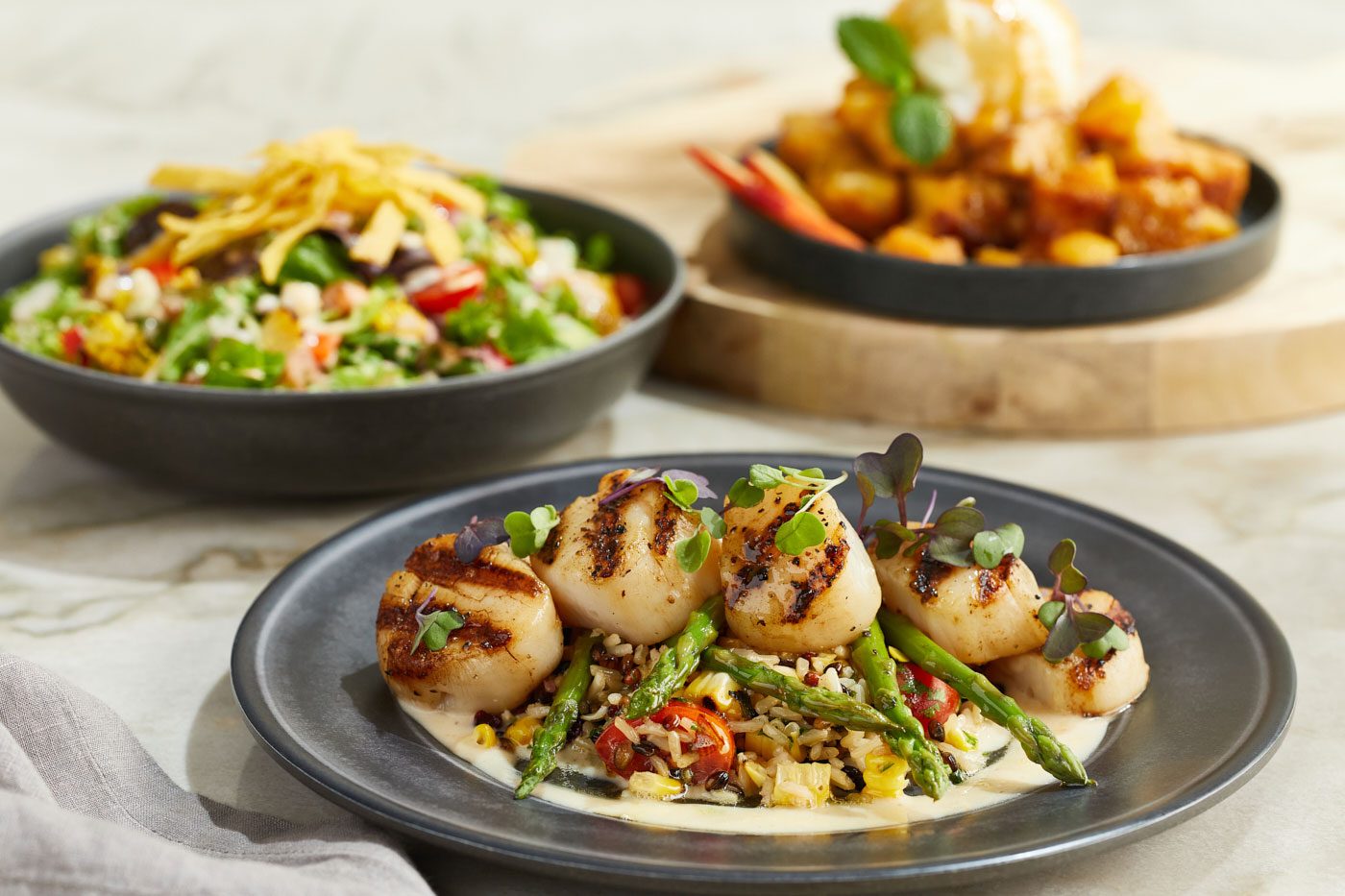
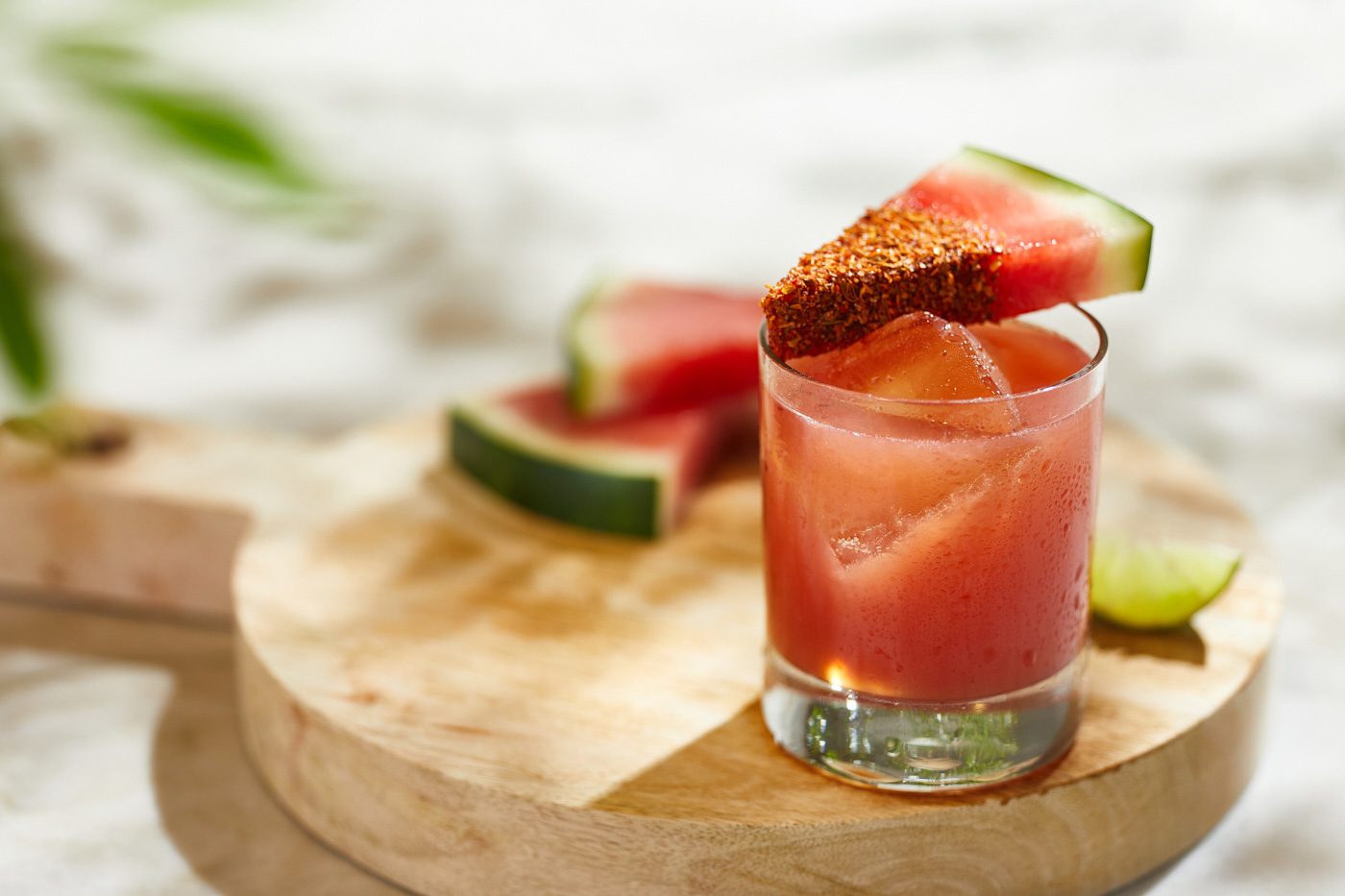
What are the Three Types of Food Photography?
Food photography can generally be categorized into three main types, each with a unique focus and style. Each type serves different goals and requires different approaches and techniques to be effective. Before we jump into details about food photography for restaurant menus – which is called commercial food photography – let’s quickly consider all three types:
1. Editorial Food Photography
- Purpose: Used in magazines, cookbooks, and online food articles; tells a story or conveys a lifestyle.
- Style: Scene or setting relating to food, e.g. a festive table setting or a kitchen scene.
- Composition: More artistic compositions involving human elements, like hands cooking or serving food.
2. Product Food Photography
- Purpose: Clear, accurate documentation; often for catalogs, packaging, or promotional material.
- Style: More functional, less artistic; aimed at clearly showcasing the product without distractions.
- Composition: Straightforward, detailed shots highlighting texture and quality without embellishments.
3. Commercial Food Photography
- Purpose: Primarily used for advertising purposes, including menus, billboards, and product packaging.
- Style: Makes the food look as appetizing and perfect as possible. The food is the central subject.
- Composition: Typically clean and minimalistic, high attention to detail. Often involves meticulous styling.
While we offer all types of food photography at Salt Paper, we’ll focus from here on commercial food photography.
Visually Elevate Your Restaurant Menu
There are a number of elements to food photography, all of which are essential for a successful photoshoot in a restaurant, kitchen, food truck or other location. When done right, you can beautifully capture the essence of a dish, including its texture, color, and deliberate presentation, but each poses unique challenges and requires careful consideration. Let’s take a more detailed look.
Lighting
Achieving the right lighting to make the food look appetizing is crucial. Strategically creating natural light with strobes and modifiers is key to invoking softness and realism, and to creating consistency across all shots.
Food Styling
Preparing food that looks attractive through a lens is different from preparing it to be eaten. Food styling involves meticulous arrangement and sometimes substituting ingredients with lookalike or inedible alternatives to achieve a more appealing look.
Time Constraints
Many food items, especially those involving fresh ingredients like salads or ice cream, do not hold their appealing look for long. Ensuring an image doesn’t showcase wilted, melted, or ingredients past their prime requires thoughtful food styling.
Color Balance
Introducing the right mix of colorful garnishes and vegetables is key to enhancing the colors of the primary components. A turkey dinner is a good example – without hand-selected accompaniments, it can look bland and monotone.
Composition
The arrangement of food, along with props and backgrounds, requires a good sense of composition to balance the elements within the frame, guide the viewer’s eye, and convey the right mood or theme.
Technical Skills
Food photography demands a strong understanding of camera settings, lenses, and light. Different dishes may require different depths of field, focus points, and framing to capture the best shot.
Consistency
For restaurants and brands, maintaining consistency in food photography across different dishes
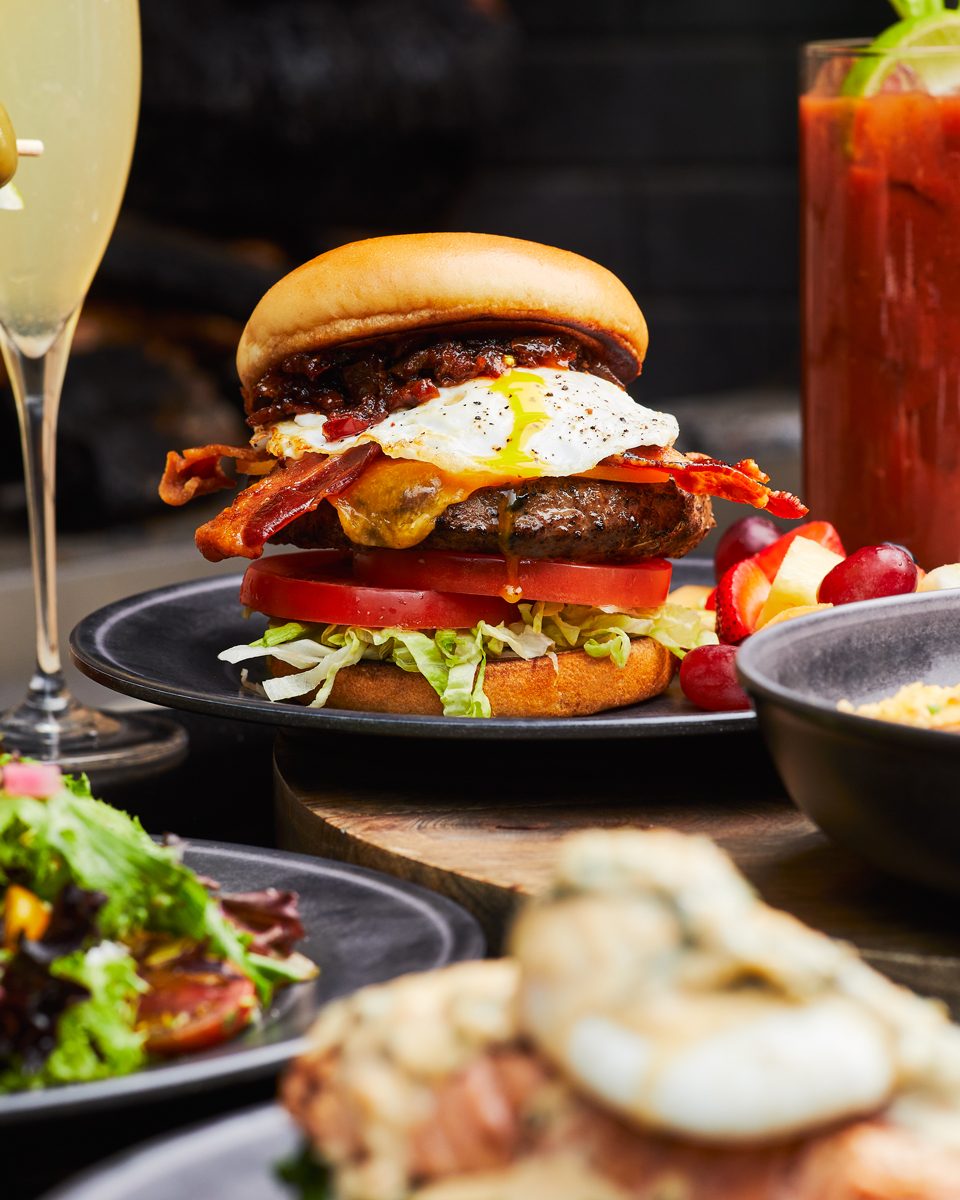
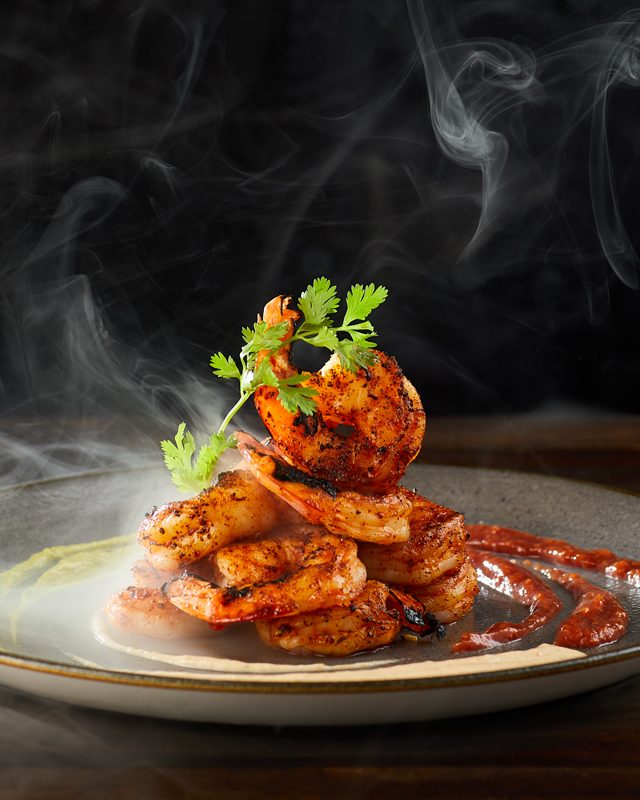
Planning & Executing a Successful Restaurant Photoshoot
Planning a restaurant photoshoot requires meticulous preparation, collaboration, and attention to detail to ensure the investment of time and resources produces images that effectively showcase the food, quality, ambiance of the establishment, and the overall brand. It’s important to engage an experienced art director from the very beginning so no time, effort, or budget are wasted.
Here’s an overview of some of what goes into the planning process:
Pre-Production
The first step is to define goals, starting with the purpose of the photoshoot. Restaurants typically prepare for a full-scale shoot when introducing a new menu, launching a new social media campaign, or updating marketing materials.
Pre-production will also include location selection. Sometimes menu shoots are done on location, others are executed in a studio setting. When shooting on location, we strategically choose an area of the restaurant that best represents its ambiance and aesthetic.
Food Preparation
Menu selection is, of course, paramount. It’s important to involve the right people so that the chosen dishes align with the restaurant’s culinary identity and marketing goals, while also making sure that the food looks appealing and true-to-life in the final photographs. These are the individuals who should ideally be in the mix:
- Chef or culinary team
- Restaurant owner or manager
- Marketing or PR manager
- Art director or creative lead
- Food stylist
- Photographer
Food styling techniques for photography are very different from those used during a meal service. On the day of the shoot, the chef and food stylist will have to work together closely. Having these people at the table during the planning stage ensures a shared understanding about ingredients, plating, garnishes, and overall presentation so that each dish looks best for the camera.
Coordination with Staff
An on-location shoot can’t happen during a busy time. As part of the planning process, we figure out when a photoshoot will be minimally disruptive to regular operations and that key personnel will be available to be briefed on and to fulfill their roles. A spirit of collaboration and clear communication and teamwork are essential for capturing the desired shots efficiently.
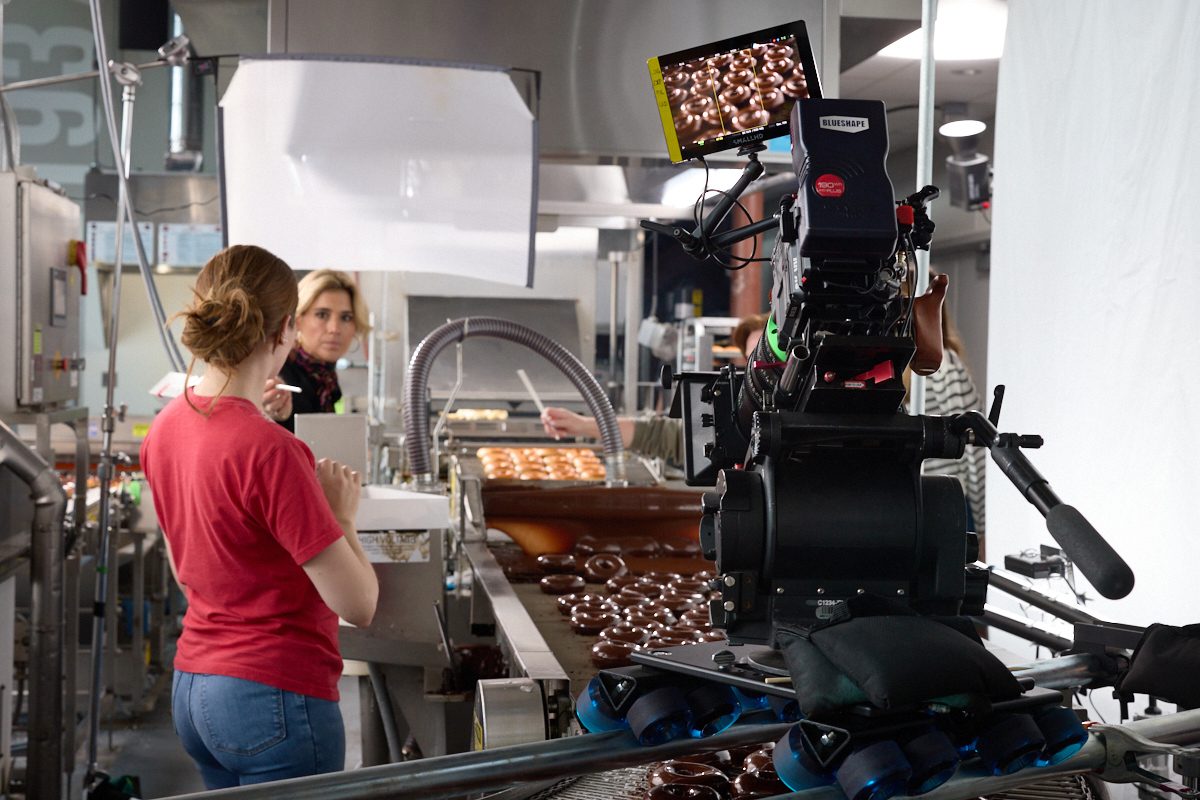
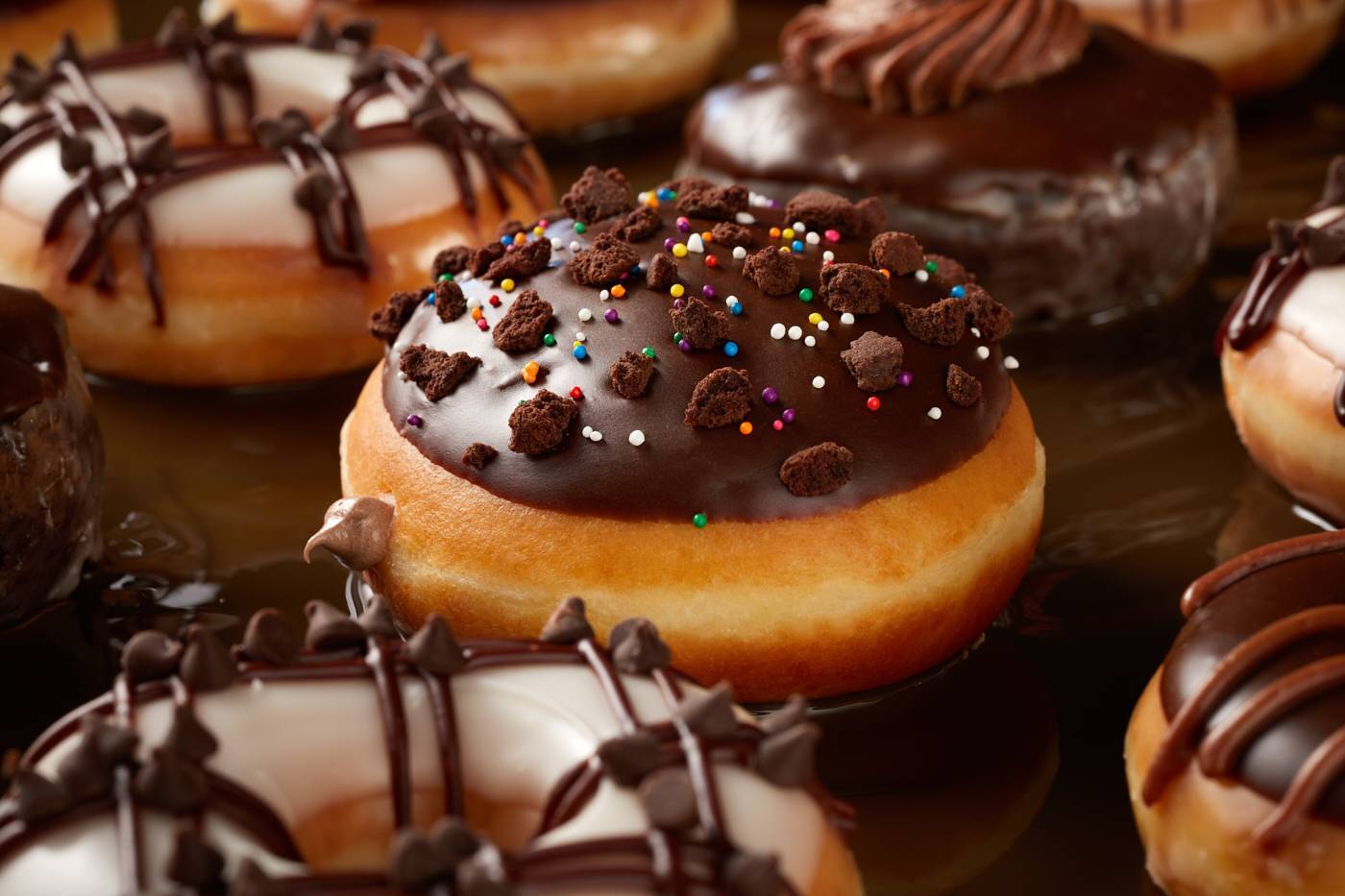
Creative Restaurant Photography Techniques
The most compelling menu photography goes beyond traditional shots, embracing a broader narrative that captures a sense of the dining experience in the restaurant. Lifestyle photography is one innovative approach that depicts the restaurant as a scene of daily life, focusing not only on the food but also on the people enjoying it. These images showcase interactions, such as diners toasting or sharing a meal, which evoke emotions and suggest experiences that invite potential customers to visualize themselves in the setting. This style helps create an inviting and relatable image that resonates broadly.
Highlighting the restaurant’s atmosphere is also vital for distinguishing it from competitors and enhancing its identity. Photographing both the interior and exterior is a smart way to capture the restaurant’s distinctive design and ambiance, creating a visual narrative that helps potential patrons get a feel for the restaurant’s style and vibe. Techniques like taking wide-angle shots and utilizing ambient lighting to accent cozy corners or vibrant bar scenes can be particularly effective.
Capturing behind-the-scenes moments in the kitchen offers an authentic glimpse into the passion and precision at the culinary heart of the restaurant. Using high-speed lenses and careful lighting helps freeze the fast-paced action and accentuate details, such as chefs plating dishes or the flare of a pan. These images dramatize the cooking process and communicate the craftsmanship behind each dish, enriching the restaurant’s story and fostering a connection with the audience. This approach not only enhances the visual narrative but also builds transparency and trust with modern diners.
At Salt Paper, we are extremely passionate about photographing food – as you can see from our food photography portfolio! Want to learn how we can elevate your menu presentation and create top-shelf marketing assets to help you attract more customers? Connect with us! We can’t wait to be a part of your visual story!

